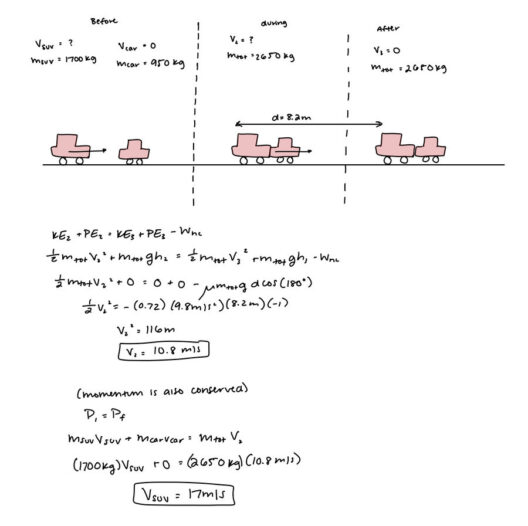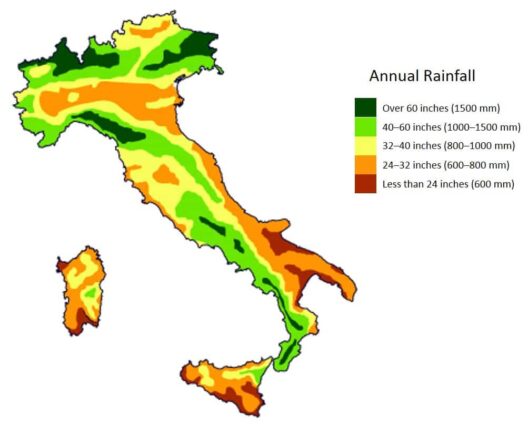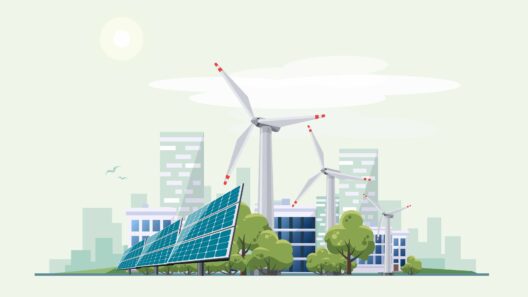In an era marked by escalating energy demands and environmental imperatives, the quest for energy conservation remains at the forefront of sustainable practices. Energy efficiency is not merely a buzzword; it is a crucial component in combating climate change and reducing carbon footprints. Understanding how to discern if a system conserves energy involves recognizing key clues and administering pertinent tests. This exploration will elucidate essential indicators of energy conservation and the methods to assess them systematically.
Firstly, one must appreciate the inherent characteristics of energy-efficient systems. These systems often exhibit a reduced energy consumption profile without compromising performance. A notable clue is the system’s design. Thoughtfully designed systems incorporate features such as optimized components, which function harmoniously to maximize output while minimizing input energy. An initial assessment should involve scrutinizing the specifications and performance metrics of the system. For example, devices that are ENERGY STAR certified meet strict energy-saving guidelines set by the government, signifying they are equipped with technology that conserves energy.
One should also consider the operational behavior of the system over time. A fundamental aspect of energy conservation is the ability to maintain functionality while drawing minimal power. Monitoring real-time energy consumption can yield substantial insights. Systems that demonstrate fluctuating power usage depending on operational load or that exhibit a stark reduction in energy draw during idle periods are typically indicative of an energy-efficient design. Devices equipped with advanced metering or smart technology can provide valuable data, allowing users to track energy usage over different operational phases.
Furthermore, the presence of phase-change materials (PCMs) should not be overlooked. These materials can absorb, store, and release thermal energy, thereby enhancing the system’s overall efficiency. Systems that utilize PCMs are often able to maintain desirable temperature ranges with less energy expenditure, leading to significant long-term savings. Analyzing a system’s thermal management capabilities provides another critical avenue for gauging energy conservation.
Another vital clue pertains to the system’s ancillary components. Innovative systems often employ variable speed drives (VSDs) that adjust motor speed based on demand rather than operate at a constant high level. This adjustment is paramount in systems such as HVAC or pumping installations where energy use can be directly correlated to the load required at any given moment. Conducting an assessment of these components can reveal much about the system’s energy-saving potential.
Another significant indicator of an energy-conserving system is the feedback mechanism integrated into its operation. Advanced systems often feature automated controls that optimize performance based on environmental conditions and usage patterns. For instance, a smart lighting system that adjusts brightness in accordance with natural light levels embodies a proactive approach to energy management. Examining the capability of a system to adapt its operations through real-time data is an essential aspect of determining its energy efficiency.
To deepen the understanding of a system’s efficiency, one can also employ a series of tests designed to evaluate performance comprehensively. A prominent method is the energy audit, which examines energy flows within a system to identify inefficiencies and areas for improvement. During an energy audit, one can comprehensively assess equipment performance, energy usage patterns, and potential areas for technological upgrades. Engaging with certified energy auditors ensures that the evaluation is thorough and that actionable insights are garnered.
When conducting an energy audit, specific metrics should be monitored. One invaluable metric is the system’s coefficient of performance (COP), applied particularly in heating and cooling systems. The COP quantifies the ratio of useful heating or cooling provided to the energy consumed. A higher COP signifies a more energy-efficient system. Similarly, the annual energy use intensity (EUI) serves as an effective benchmark across various system types, highlighting the annual energy consumption concerning the building’s size.
Moreover, acoustic analysis can also serve as a telling indicator of energy conservation. Systems that operate noisily typically incur higher energy costs due to inefficient performance. By listening for unusual sounds or excessive noise levels, one can deduce whether a system is functioning optimally or if it is indicative of underlying inefficiencies. Striving for quiet, unobtrusive operation usually correlates with efficient energy use.
Comparative studies can further augment one’s assessment of energy conservation systems. Evaluating similar systems under identical operational conditions sheds light on performance discrepancies. This evaluation involves not only data collection but careful analysis of variables such as initial investment, operation costs, and maintenance expenses. Systems that demonstrate superior energy performance in these comparative assessments often warrant consideration as preferred solutions.
Lastly, embracing the emerging trends in energy technology marks yet another crucial aspect of evaluating energy conservation. The advent of renewable energy sources, energy storage solutions, and smart grid technologies are revolutionizing how systems save energy. Utilizing these innovations can provide significant enhancements to traditional energy systems. Staying informed about trends and advancements in technology allows for a comprehensive understanding of energy conservation possibilities.
In conclusion, discerning whether a system conserves energy involves a multi-faceted approach. Key clues ranging from design attributes and operational behavior to integrated smart technologies can illuminate the pathway toward identifying energy-efficient systems. Utilizing structured tests or audits and keeping abreast of technological advancements further enriches this understanding. The journey toward energy conservation is imperative, and recognizing these indicators and tests is fundamental in navigating this essential landscape.






